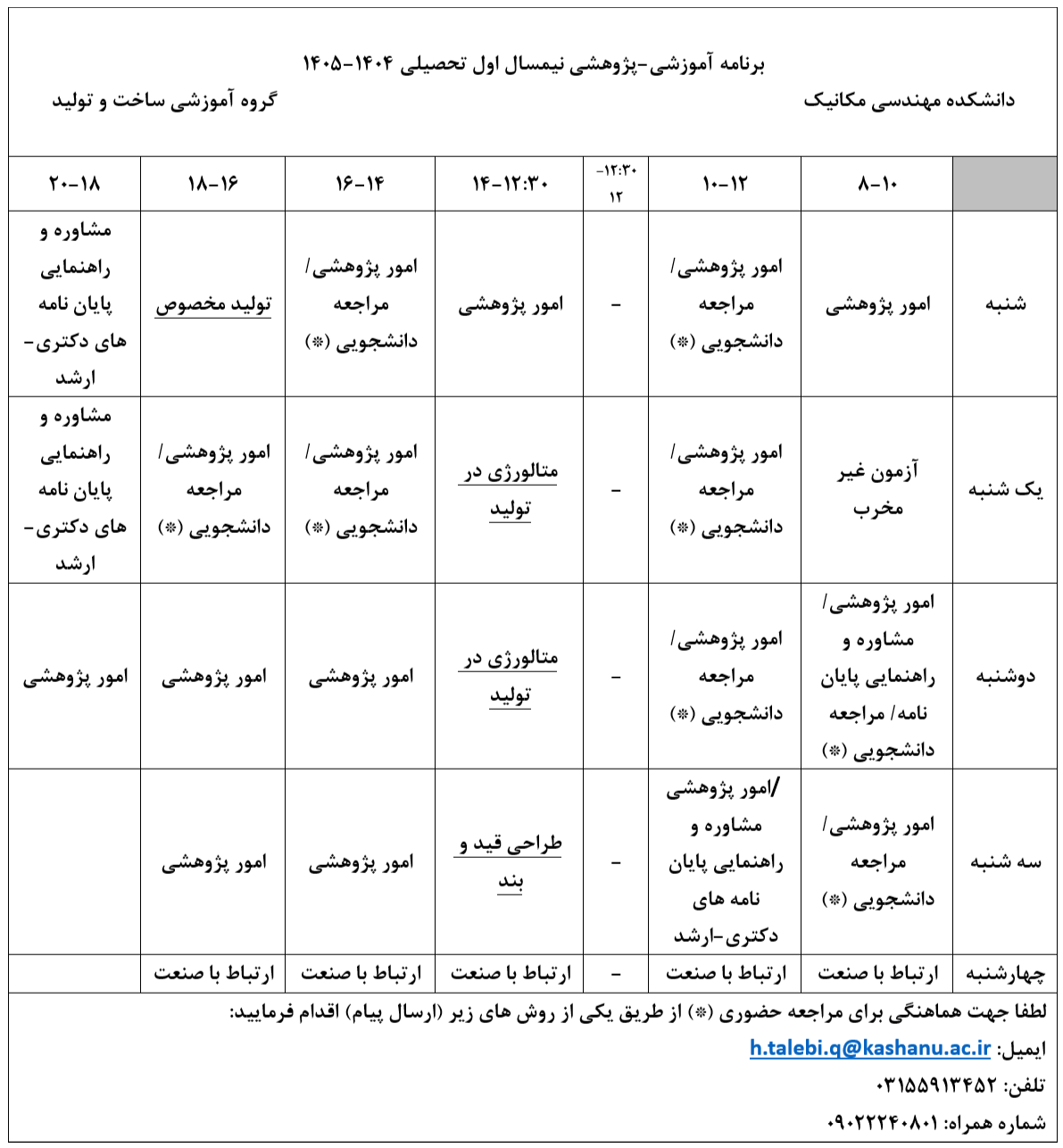| نویسندگان | مجید الیاسی,حسین طالبی قادیکلائی,شهاب الدین صدیقی,وحید مدانلو,فرزاد احمدی خطیر |
|---|---|
| نشریه | Iranian Journal of Science and Technology, Transactions of Mechanical Engineering |
| ضریب تاثیر (IF) | ثبت نشده |
| نوع مقاله | Full Paper |
| تاریخ انتشار | 2023-11-29 |
| رتبه نشریه | علمی - پژوهشی |
| نوع نشریه | الکترونیکی |
| کشور محل چاپ | ایران |
| نمایه نشریه | SCOPUS ,JCR |
چکیده مقاله
The objective of this research is to examine the infuence of internal fuid pressure on the development of imperfections when quadrilateral tubes undergo rotary draw bending. Both experimental and numerical methods are utilized to conduct the tests. The experimental setup involved using an aluminum sample with an outer cross section of 35 mm ×35 mm and 1.5 mm thickness. The internal mandrel is replaced with fuid pressure introduced through a connection at one end of the sample while the other end is blocked. Several tests are carried out at various pressures with a bend radius ratio of 3 and a bending angle of 90°. The fndings of this research indicate that in the absence of internal pressure, the profles experienced buckling in the bending area at a 90-degree angle. As the internal pressure increases up to 24 bar, the rupture load is determined. Both experimental tests and simulations confrmed that the impact of internal fuid pressure on tube thinning is much greater than on thickening. Increasing internal fuid pressure caused thinning in the extrados, whereas the intrados thickness is not signifcantly afected. Instead, thickening is reduced due to material fow direction at higher pressures. The formed tube under pressures of 6 and 10 bar experience wrinkling and cross-sectional distortion of 20% and 10%, respectively. However, samples bent under 20 bar pressure show the best results regarding defects of the bend zone, with less than 1% distortion.

